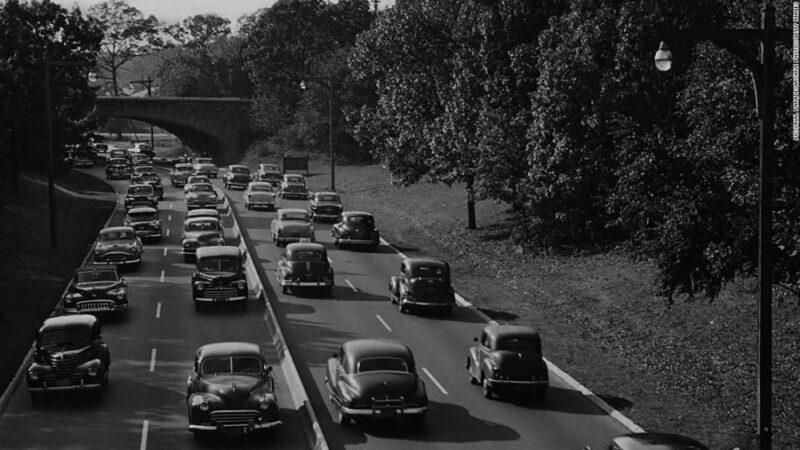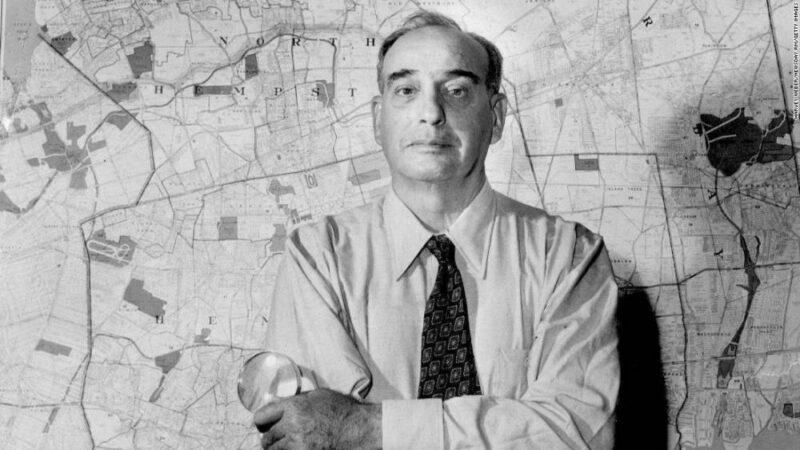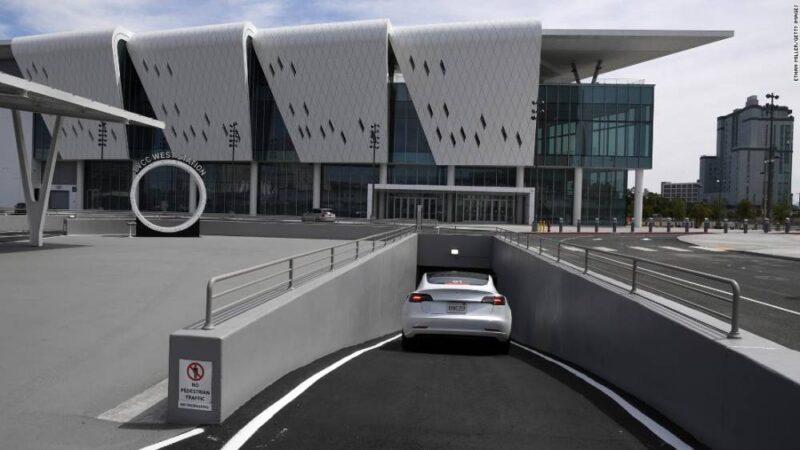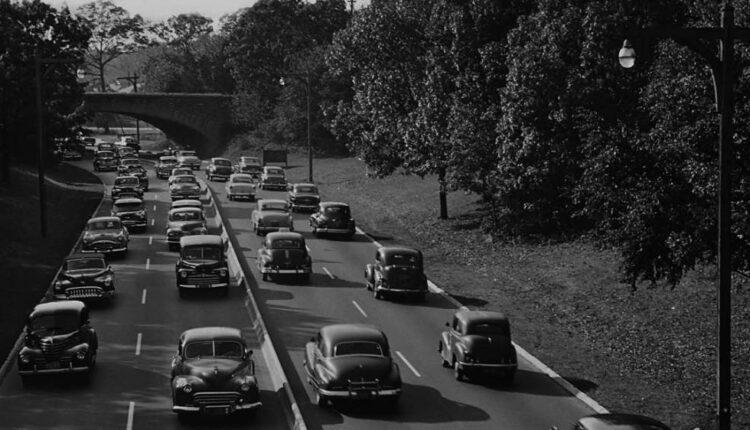Washington, DC (CNN)Through Tesla, Elon Musk has tried to transform individual vehicle ownership, while The Boring Company, his tunneling venture, is now taking aim at public transit. The company and Fort Lauderdale, Florida are close to agreeing to the first public Loop system, which will give people rides in Teslas through a new tunnel between downtown and the beach.
Musk’s promise is straightforward and, at its core, hardly revolutionary: to lessen traffic congestion above ground through the creation of roads in underground tunnels. The project will be dubbed “The Las Olas Loop,” a reference to a 2.5-mile long local road that connects to the beach. Greater Fort Lauderdale has some of the worst traffic congestion in Florida. But initial plans have a parallel with a surprising source: Robert Moses, the controversial mid-century “master builder” of New York. And critics say it would potentially entrench inefficiency and structures of inequality into the physical infrastructure, even if Musk doesn’t intend for that to happen.
The power brokers
Almost a century ago, Moses also connected a city to a beach. Long Island’s Southern State Parkway was extended from New York City to Jones Beach in 1929 with the opening of the Wantagh Causeway, making the beach far more accessible. Read MoreMoses, who built 416 miles of New York parkways — including a route from Queens to Jones Beach — designed all of them to exclude buses. The overpasses he designed were intentionally built to be too low for buses to drive under, as author Robert Caro highlighted in his Pulitzer Prize winning biography of Moses, “The Power Broker.” Individual car ownership was the hot trend of Moses’s time, and, like many Americans, he believed in car supremacy. He scorned other transportation modes like buses and trains, even though they use space more efficiently. And after making sure buses couldn’t make their way to Jones Beach via the Southern State Parkway, Moses vetoed the Long Island Rail Road’s plan to build to the beach, Caro wrote.

Cars on a section of the Southern State Parkway in Nassau County, New York at exit 28 showing typical weekday traffic circa 1960. Moses’s approach to planning has been criticized as both racist and classist. Most New York City families didn’t have cars at the time Moses was building. Those who did tended to be white and relatively wealthy, so building low-clearance overpasses disproportionately impacted lower income bus-riders, many of whom were people of color.Moses is also considered to have entrenched car-focused transportation in New York, baking in the supremacy of inefficient individual vehicles. (Leaders’ views shifted after Moses lost power. Bus service runs today from a Long Island Railroad station to Jones Beach.)

Robert Moses stands in front of map of Long Island, New York, in 1954.There’s a clear parallel between the approaches of Musk and Moses to what transportation modes our public infrastructure should support. In Fort Lauderdale, the Loop system’s structure will also exclude buses. Tickets will be $5-8, more expensive than traditional transit, which may exclude riders as transit customers are more likely to be low-income, and people of color. The city’s buses won’t be able to fit in Musk’s tunnels, according to Chris Walton, director of Broward County Transportation, which operates Fort Lauderdale’s buses, though Walton said he supports Musk’s project given its potential to remove cars from surface streets. According to the Boring Company’s website, the tunnels bored by Musk’s company for public transportation are 12-feet in diameter. Greyhound, the largest intercity bus company in the United States, told CNN Business that its buses need at least 14 feet of diameter to fit in a tunnel. The Boring Company has said that building smaller tunnels is more affordable. Some tunneling projects have cost as much as $1 billion a mile in recent years. (The Boring Company did not respond to requests for comment.)
“Individualized mass transit”
Musk is trying to reinvent public transportation and is winning supporters like Walton. Fort Lauderdale’s mayor has called Loop an innovative solution to congestion. The Boring Company and Fort Lauderdale haven’t reached an agreement yet, so financial terms are unclear. The Boring Company already has a private project in Las Vegas, that transports guests for free at the Convention Center. There are plans to expand to other Las Vegas destinations.

A Tesla car drives through the West Station near the Las Vegas Convention Center West Hall expansion during a media preview of the Las Vegas Convention Center Loop earlier this year.The Boring Company advertises Loop as being different from standard public transportation, in that passengers can travel with people they know, or opt to ride alone. “Individualized mass transit is the future,” Musk has said. There’s just one thing. As Beth Osborne, director of the policy organization Transportation for America, sees it, we already have individualized mass transit. “That’s the car,” Osborne said. Even the Boring Company says in its sales pitch that Loop “resembles an underground highway more than a subway system.” With Loop, you go directly to your destination, rather than stopping at preceding stops, like a typical subway. It’s an express public transportation system, as the Boring Company puts it. Sounds good, right? But what looks great on paper isn’t always a win in the real world. West Virginia University launched its “Personal Rapid Transit,” system in the 1970s. Passengers could hop in one of its eight-seat vehicles and request a direct ride to one of five stops. The system travels on dedicated pathways and resembles the low-speed shuttles between airport terminals. About 15,000 people still ride in West Virginia’s system every day during the school year. But the “personal” aspect of the transportation system has proved to have shortcomings. The university realized it could carry a lot more students during peak hours if the system operated like a traditional subway, and stopped at each station, rather than offering direct trips. Adding more vehicles to the pathways to try to accommodate direct trips for everyone at peak hours would lead to congestion and not make sense, according to Ted Svehlik, a university associate vice president who oversees the system. West Virginia University’s futuristic system reverted to the old truths of public transportation and found more success. When building for one person in one car, you all but guarantee congestion.
Osborne told CNN Business that Musk’s Loop system will follow in Moses’s footsteps and institutionalize inefficiency and inequity. Infrastructure mistakes must be reckoned with for generations, she said. “They’re still dealing with this,” Osborne said of Moses’s low overpasses. “We’re building stuff without thinking. We haven’t gotten results on congestion and rather than pivoting, we’re going to do it underground, too.”
Source: edition.cnn.com

